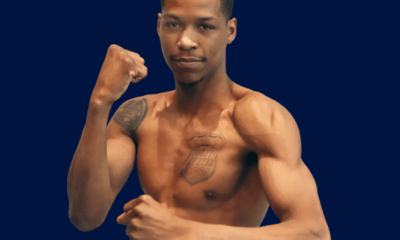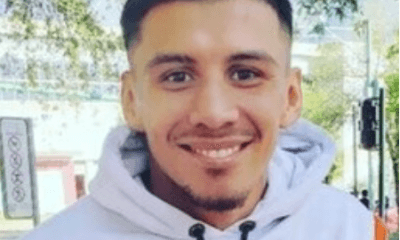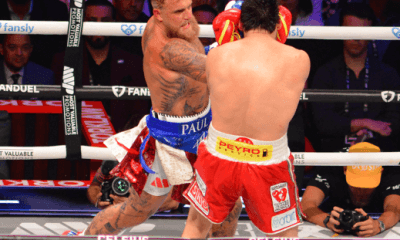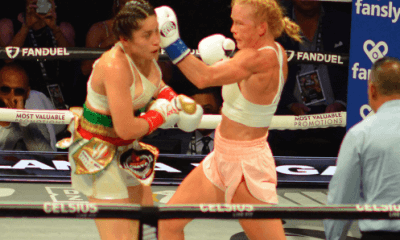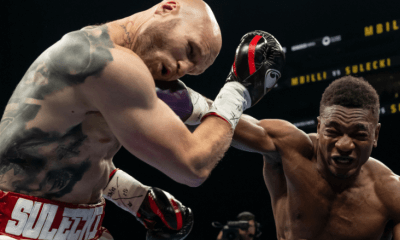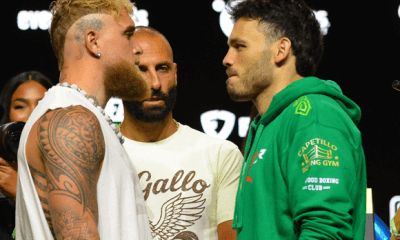Featured Articles
The Clay-Liston Fight was a Watershed Moment for Journalist and Author Robert Lipsyte
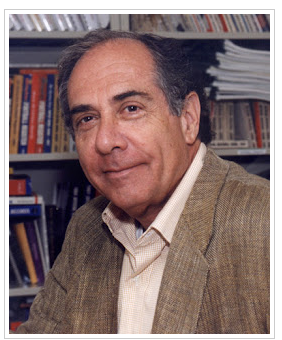
Two lives unknowingly became intertwined on February 25, 1964, at the Miami Beach Convention Center when Cassius Clay faced the reigning heavyweight champion Charles “Sonny” Liston, a 7-1 betting favorite over the brash 22-year-old challenger from Louisville, Kentucky.
Seated ringside was Robert Lipsyte, who was covering the match for the New York Times, seven years after graduating from Columbia University with an English degree.
Clay, who would shortly change his given name to Muhammad Ali, was thought to be in over his head.
“The regular boxing writer, Joe Nichols, terrific guy, also covered horse racing which he was more interested in,” Lipsyte said. “His feeling, as was the general feeling, was that Cassius Clay would be knocked out in the first round and he did not think it was worth his time to go all the way down to Miami Beach for less than one round.”
Lipsyte, who had two tours at the Times beginning in 1957 and running through 1971, and 1991 through 2003, was looking for his big break.
“He kind of looked around the newsroom and he pointed to me and he said, “the kid on the night rewrite, he’s not doing anything, send him.” That’s a bit of a legend,” he said. “The point was they were ready to move me up. The fight was in February. The decision was probably made in October to send me down. Those decisions are certainly made long in advance. And so, I had a number of months to go to every boxing match I could go to, interview fighters, read everything.”
Getting this assignment wasn’t lost on Lipsyte, who would become one of the vaunted Sports of the Times columnists, and during his long career would be highly decorated, including winning the Margaret A. Edwards Award from the American Library Association for lifetime contribution to Young Adult Literature in 2001. Previously he was a finalist for the Pulitzer Prize for Commentary in 1992 and won the A.J. Liebling Award for Outstanding Boxing Writing from the Boxing Writers Association of America in 1995.
“I was enormously inexperienced compared to Joe Nichols, but I had a little sense of boxing when I went down there. I was very excited. Even if the fight was going to be over in 10 seconds, I had never been to a heavyweight championship fight,” he admitted. “Remember this was 1964 when boxing was very important and it was still a major sport in America and really a heavyweight fight held the same prestige as the Super Bowl now. It’s hard to believe.”
“Think about the excitement of being in the arena for a heavyweight championship fight. The Super Bowl. A Broadway opening. Think of anything that has that kind of crackle and electricity,” said Lipsyte, a New York City native. “I was totally thrilled to be there.”
Like every writer, Lipsyte, who has published roughly two dozen books of non-fiction and fiction including “SportsWorld: An American Dreamland,” “The Contender,” and “An Accidental Sportswriter: A Memoir,” arrived in South Florida several days before the fight.
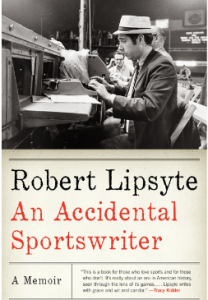
“I had spent a week now down there, most of that time with Clay and I really liked him a lot which was not necessarily the consensus and my thought was that I hoped he wouldn’t get hurt too badly because I really liked him,” he said. “I hoped he would stay around and I could interview him some more.”
At the time, Lipsyte was 26 and part of the younger generation of sportswriters.
“Most of the sportswriters down there were older experienced guys, like Joe Nichols would have been, and then there were the younger guys,” he said. “The younger guys gravitated to Clay’s camp and hung out there. The older guys went to Liston’s camp where his entourage included Joe Louis who was the hero of their young manhood.”
On the night of the fight, the overwhelming majority of scribes concurred with the Las Vegas oddsmakers and favored Liston.
“Up until the very moment that the two fighters came into the ring, beside my excitement to be there, was this feeling I really hoped he would be able to dance away enough so he would not get hurt,” Lipsyte said. “Then the moment the two fighters came into the ring, I suddenly had this thought that Cassius Clay is much bigger than Sonny Liston.”
Lipsyte’s concern for Clay’s safety quickly dissipated as he dominated the action which resulted in a sixth-round stoppage and technical knockout victory when Liston failed to come out for the seventh round.
“In our minds, we had created this David versus Goliath narrative but actually it’s really not quite true,” he said. “Clay was taller. He was broader and he took command of the fight almost immediately and it changed everything. I would say only one or two of the 100 reporters at ringside gave him a chance to win.”
Compared to many of the veteran sportswriters at the clash, Lipsyte was a pup.
“I was young and inexperienced and I went along with what the experienced big shots were saying,” he said of Liston’s menacing stare and potent punching power. “I assumed that because Liston was terrifying. He could make you pee in your pants at a press conference.”
Looking back on what Clay and later Ali meant to him, Lipsyte is grateful for that time and opportunity.
“I always say that when Cassius Clay beat Sonny Liston it was as much of a career move for him as it was for me. It changed everything. Suddenly I was no longer this young newcomer, a feature writer at the paper,” he said. “I was immediately the boxing writer. Being the boxing writer at that point meant the Muhammad Ali writer. That was the biggest story in sports for a long time and I covered it. I got more out of it right away than he did. It absolutely made my career.”
Even though Clay had been the newly-minted heavyweight champion, he had tough sledding because of his unpopular stances.
“He was excoriated for becoming a member of the Black Muslims,” Lipsyte said. “There were all kinds of rumors that the fight was fixed in some way. It took a while for the Muhammad Ali we think about now. A lot of people and certainly a lot of very important older sportswriters like Red Smith, Jimmy Cannon and Arthur Daley, if they didn’t despise him, they certainly wrote as if they did. He refused to go into the Army. He repudiated the Christianity of his parents. At the middle of the civil rights movement in America, he was a segregationist. He was so many things that white America was either afraid of or hated because they were afraid of.”
No one is perfect and that includes Ali. Still, Lipsyte recited an example of his kindness.
“He and I had a midnight plane ride back to New York,” he recalled. “There was a little old lady and she took a picture. She clicks and he reaches out. “Your lens cap was on,” he said. “I wouldn’t want her to have missed taking a picture of the champ.”
Lipsyte mentioned a second incident of Ai’s generosity.
“I pulled up next to him on the plane with an economy ticket,” he noted. “I sat down next to him. I told him I had to get back in my seat. He said, “don’t worry, you’re with the champ,” and of course nobody bothered us the whole time. What I remember was his generosity, his spirit, his kindness and his sense of who he was and the world’s sense of who he was. It all was encapsulated for me in that little story. That was him.”
Another time when Ali seized center stage was at the Atlanta Olympics.
“That moment when he lit the Olympic torch in 1996, it’s the first time I have ever cried at a sporting event,” Lipsyte remembered, “and later finding out that hot wax was dripping on his hand and burning him but he never let on. He just held that flame in his quivering hand. It was kind of a testament to his gallantry.”
Though Lipsyte covered many boxing matches, his favorite sport is baseball, and in a curious way he finds much about the sweet science that he doesn’t much care for.
“I never liked boxing. This is something I’m struggling with right now. Boxers are my favorite athletes,” he stated. “They’re the best athletes to talk to and in the old days you had access. I love boxers. They’re fun to write about. I hated boxing.”
Asked if he keeps up with boxing, Lipsyte said that he hasn’t for a long time.
“I don’t follow boxing. The last time I followed boxing was when one of the heavyweight champions, one of the Klitschko brothers [Vitali] was mayor of Kyiv,” he said. “I kind of lost interest. The whole thing didn’t make sense anymore.”
Living on Shelter Island in Long Island, New York, Lipsyte turned 85 on January 16 and has several grandchildren and outside interests to occupy his time.
“I’m very busy. I’m still writing. I have a great family. At my age, I’m playing with the house’s money,” he said. “I go to memorials for my friends and that’s it. The last birthday that really rocked me was 30. That was the end of childhood.”
As a wise elder, Lipsyte can lay claim to being present at many unforgettable sporting events, including what Sports Illustrated ranked fourth on its list of greatest sports moments of the 20th century, the night Clay shocked the world, and two iconoclasts were launched.
To comment on this story in the Fight Forum CLICK HERE
-

 Featured Articles3 weeks ago
Featured Articles3 weeks agoAvila Perspective, Chap. 330: Matchroom in New York plus the Latest on Canelo-Crawford
-
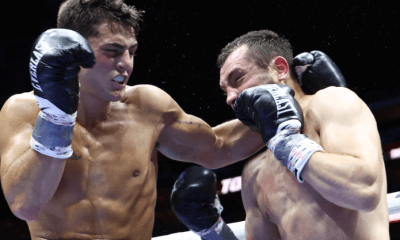
 Featured Articles2 weeks ago
Featured Articles2 weeks agoVito Mielnicki Jr Whitewashes Kamil Gardzielik Before the Home Folks in Newark
-
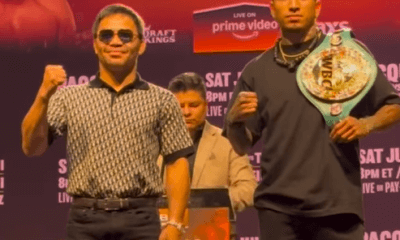
 Featured Articles4 weeks ago
Featured Articles4 weeks agoAvila Perspective, Chap 329: Pacquiao is Back, Fabio in England and More
-
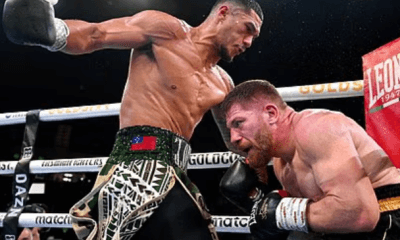
 Featured Articles3 weeks ago
Featured Articles3 weeks agoOpetaia and Nakatani Crush Overmatched Foes, Capping Off a Wild Boxing Weekend
-
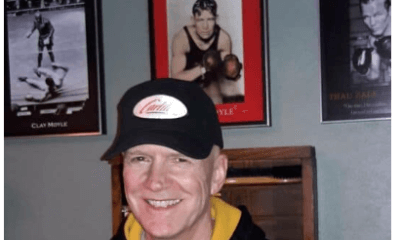
 Featured Articles2 weeks ago
Featured Articles2 weeks agoCatching Up with Clay Moyle Who Talks About His Massive Collection of Boxing Books
-

 Featured Articles4 weeks ago
Featured Articles4 weeks agoFabio Wardley Comes from Behind to KO Justis Huni
-
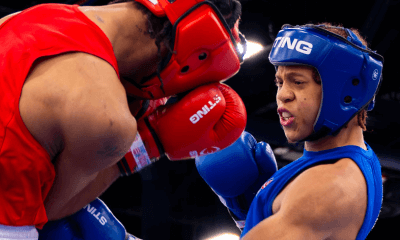
 Featured Articles1 week ago
Featured Articles1 week agoMore Medals for Hawaii’s Patricio Family at the USA Boxing Summer Festival
-
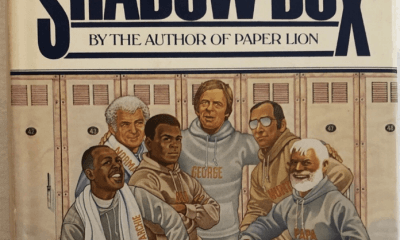
 Featured Articles4 weeks ago
Featured Articles4 weeks agoDelving into ‘Hoopla’ with Notes on Books by George Plimpton and Joyce Carol Oates

